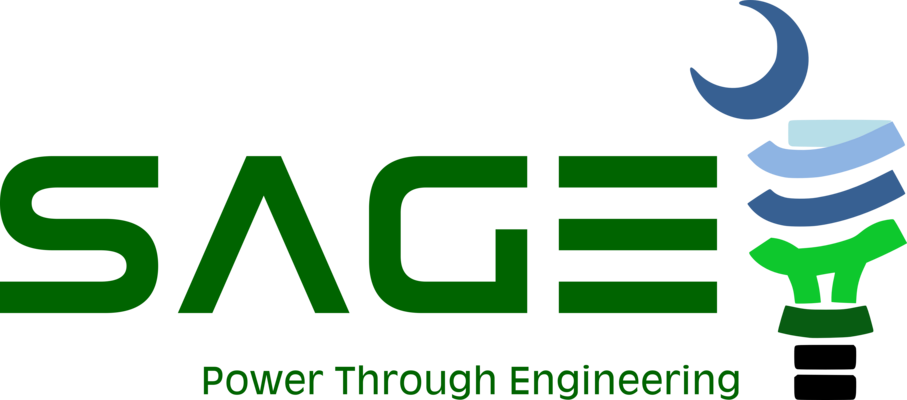Abstract
Reverse micelle synthesis was used to improve the nanoparticle size uniformity of bimetallic Pt/Ni nanoparticles supported on γ-Al2O3. Two impregnation methods were investigated to optimize the use of the micelle method: (1) step-impregnation, where Ni nanoparticles were chemically reduced in microemulsion and then supported, followed by Pt deposition using incipient wetness impregnation, and (2) co-impregnation, where Ni and Pt were chemically reduced simultaneously in microemulsion and then supported. Transmission electron microscopy (TEM) was used to characterize the particle size distribution. Atomic absorption spectroscopy (AAS) was used to perform elemental analysis of bimetallic catalysts. Extended X-ray absorption fine structure (EXAFS) measurements were utilized to confirm the formation of the Pt–Ni bimetallic bond in the step-impregnated catalyst. CO pulse chemisorption and Fourier transform infrared spectroscopy (FTIR) studies of 1,3-butadiene hydrogenation in a batch reactor were performed to determine the catalytic activity. Step-impregnated Pt/Ni catalyst demonstrated enhanced hydrogenation activity over the parent monometallic Pt and Ni catalysts due to bimetallic bond formation. The catalyst synthesized using co-impregnation showed no enhanced activity, behaving similarly to monometallic Ni. Overall, our results indicate that reverse micelle synthesis combined with incipient wetness impregnation produced small, uniform nanoparticles with bimetallic bonds that enhanced hydrogenation activity.

